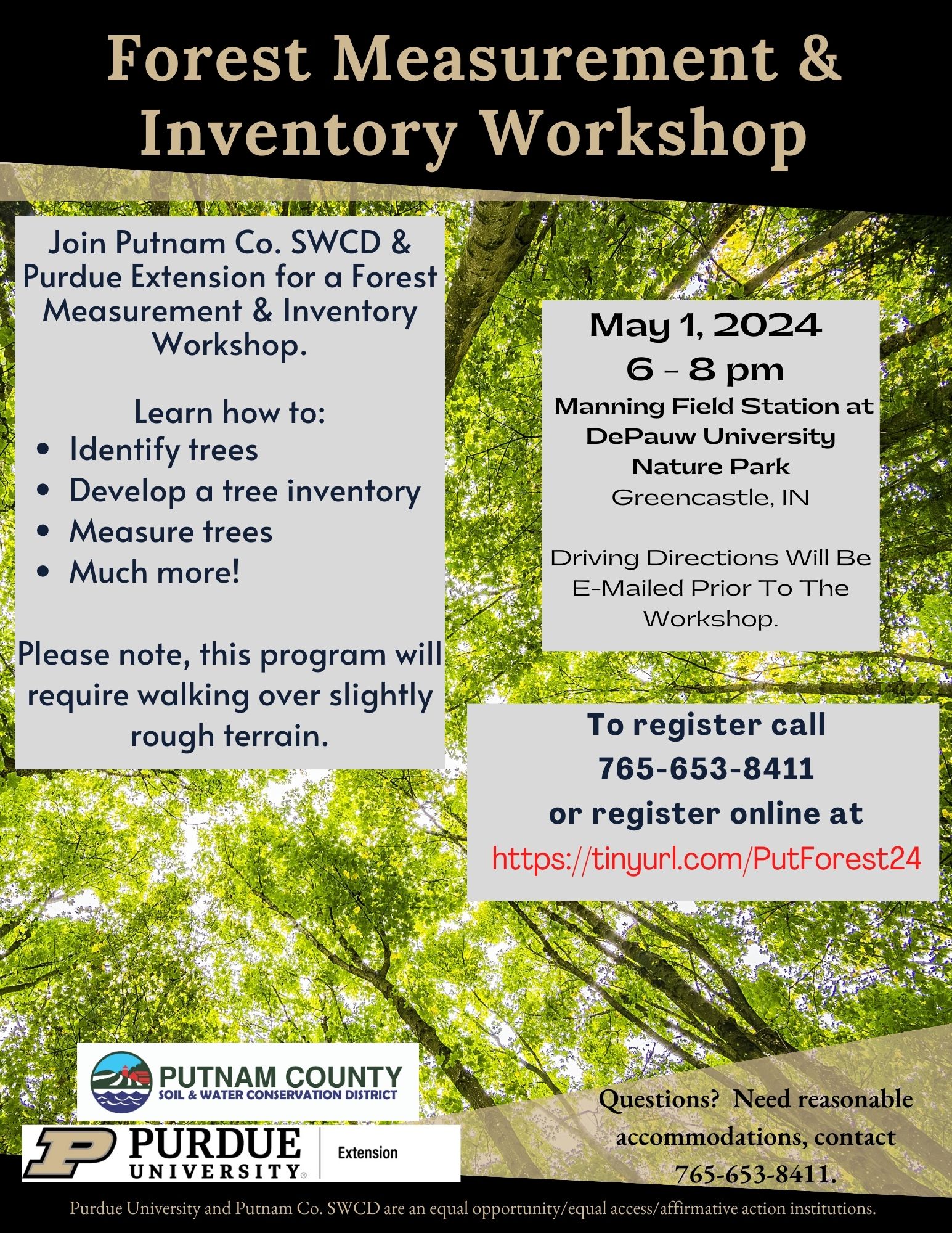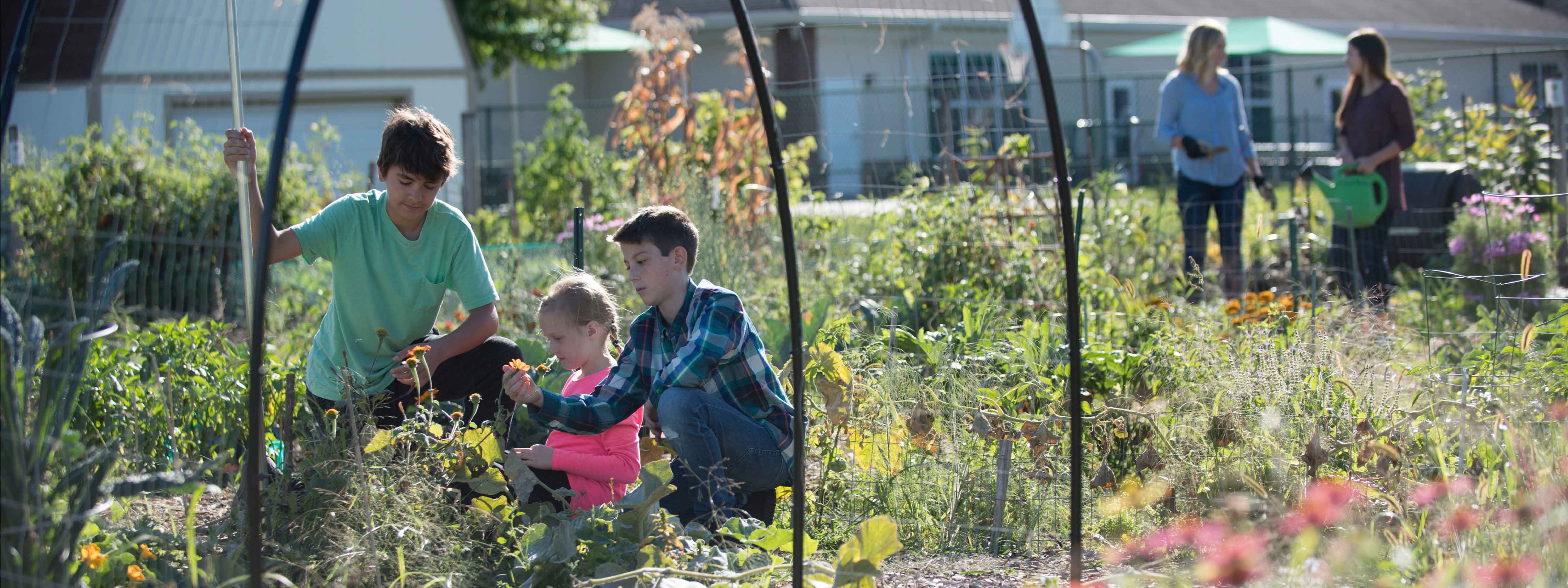


Find all of your local Ag & Natural Resources news here.

In anticipation of Arbor Day and those who wish to add a tree or trees to their home landscapes, I follow last week’s article about selecting...

Mark your calendars! This summer, all are invited to attend 4-H county fairs across Indiana. A spreadsheet with a full list of dates can be...

The Women in Agriculture (WIA) team in Purdue University Extension is seeking nominees for the 2024 Purdue Women in Agriculture Awards, including...

In August 2022, three southwestern Indiana farms were contacted by the FDA and CDC and informed that cantaloupe grown on their farms were...

Do you know what trees are in your forest? If you know what trees you have, do you know how big they are? If you answered no to either of these...

Congratulations 10-Year Members! We are so proud of you and all your accomplishments throughout the last decade - and these accomplishments deserve...

As we approach Arbor Day on April 26, many may be considering adding a tree, or maybe several trees, to their landscape. Important pre-steps to...

Purdue Extension Community Development is the Indiana lead for the Great Lakes Environmental Justice Thriving Communities Technical Assistance...

April 8th was a planning challenge for many rural communities in the path of totality from Texas to New York. Here in Indiana, Purdue Extension...

Gardeners at any level are invited to join Purdue University Extension, the University of Tennessee, Iowa State University and North Carolina State...

Purdue Day of Giving is a 24-hour online fundraising event that takes place this year on April 24. Gifts are directed by donors to support...

Purdue Extension’s Enhancing the Value of Public Spaces: Creating Healthy Communities program coaches communities through development of high...

Research shows that cultivating plants is beneficial for us. Gardening has been associated with improvements in attitudes toward health and...

Our April 2024 newsletter is now available, containing several updates.

As fields begin to dry, farmers and ag retailers will be moving large equipment over the roads to fields. This activity prompts my annual appeal to...

Communities and people in Indiana are adversely affected by substance use disorders. In Indiana, 1 in 12 people meet criteria for a SUD —...

Join the Lake County Master Gardeners Association and many other partners for the Weed Wrangle at Munster's Heritage Park on Saturday April...

Do you enjoy being a part of Hamilton County 4-H and want to give back to support our programs and activities? As part of Purdue Day of Giving, our...

Want information about what is going on in Lawrence County 4-H? Check out the latest newsletter!

The April Newsletter is here! Find out all information happening with Vigo 4-H! Find out more about camp registration, state trips, YQCA and more!

The April/May 2024 edition of the Purdue Extension-Washington County newsletter is now available.


Ohio County Health and Human Sciences, Agriculture, 4-H and Youth Development monthly updates.

4-H Camp is going to be STELLAR! Get ready for exciting adventures at the Southern Indiana 4-H Camp.4-H members in grades 3-8 are invited to join...

Spring came a little early this year and work has begun in many home landscapes. Here are some early lawn activities to consider.